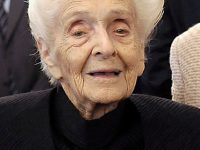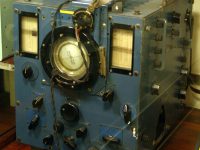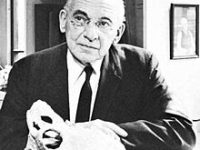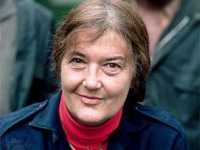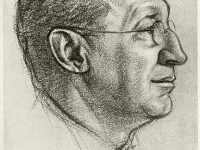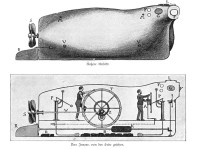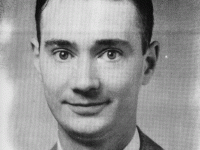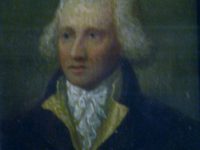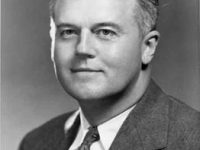Rita Levi-Montalcini and the Nerve Growth Factor
On December 30, 2011, Italian neurologist and Nobel laureate Rita Levi-Montalcini passed away. Levi-Montalcini was awarded the 1986 Nobel Prize in Physiology or Medicine jointly with colleague Stanley Cohen for the discovery of nerve growth factor (NGF), which stimulates and influences both the normal and abnormal the growth of nerve cells in the body. “In life one should never give in, surrender oneself to mediocrity, but rather move out of that grey area…
Read more











